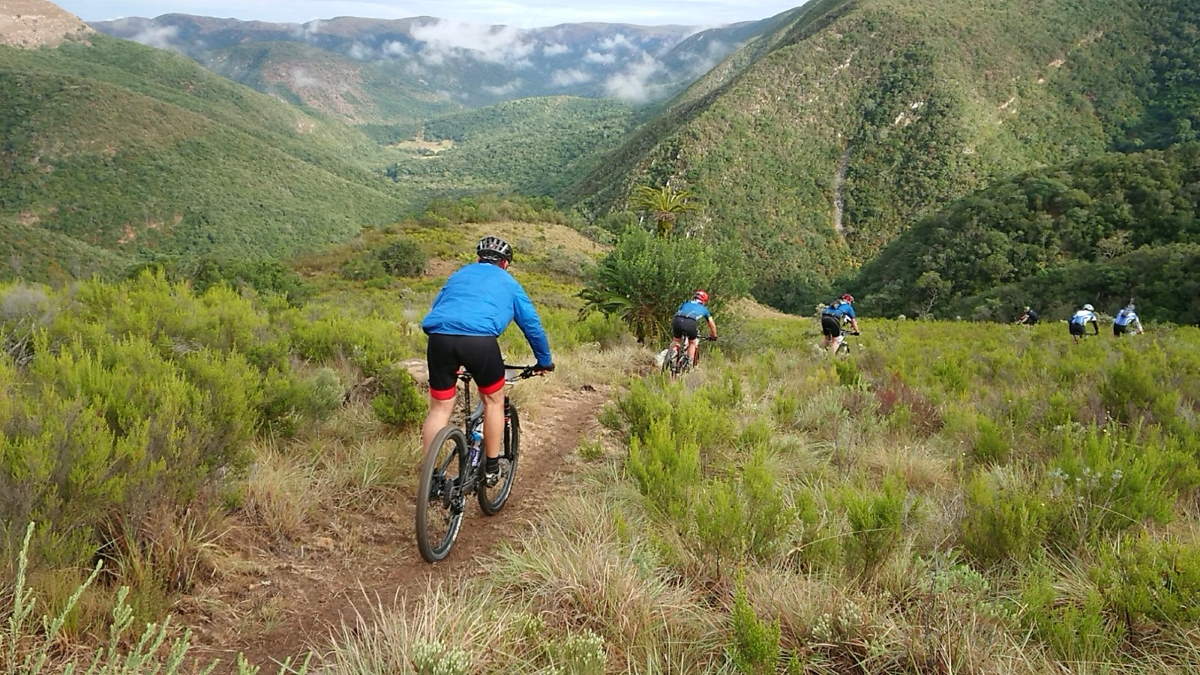Jim Cherrington, Sheffield Hallam University
Lockdown and socialising restrictions have led to many people increasingly appreciating the great outdoors. In many areas there has been a sharp increase in the number of people out cycling and walking every day.
Some cyclists, though, have reported receiving abuse. This tension between people on bikes and people walking isn’t just restricted to urban areas. In recent years, mountain bikers have reported being verbally confronted and maliciously targeted through trail sabotage – with traps constructed out of nails, metal, or barbed wire and fishing line.
These attacks indicate that there is a negative perception of mountain bikers among some in the UK. Research, for example, shows many people feel mountain bikers have a general disregard for members of the public, and that groups of mountain bikers may cause damage to plants and wildlife – even though though evidence doesn’t fully support this. It also shows how deeply entrenched views are about leisure activities deemed “appropriate” in outdoor spaces.
Rights of way
Part of the problem is that in the UK, outdoor recreation is subject to the Countryside and Rights of Way Act 2000. This gives right of access to land marked as “open country” or registered common land. This land is then divided further into footpaths and bridleways. Footpaths being reserved exclusively for activities that take place on foot and bridleways allowing for wider recreational use – such as horse riding and mountain biking.
As of 2020 open access land accounts for only 10% of all land in England and Wales. And bridleways – the only places where mountain biking is officially sanctioned – represent a small part of of that.
The reason for this is that in the UK, rights of way are negotiated between the land owner and local councils. But these negotiations have been shown to be heavily influenced by stereotypes – often with a view that mountain bikers cause environmental damage and major wear and tear to tracks. This is in spite of evidence indicating the comparatively small levels of erosion and disruption caused by off road cyclists.
It is perhaps for this reason that 74% of cyclists in a recent survey described current rights of way as “unsuitable”.
Mountain bikers’ experiences
We recently carried out a research project to look at the relationship between mountain bikers, nature, and their use of space. And we too found that many mountain bikers find access laws confusing and contradictory.
One person we spoke to described feeling pressured to use a bridleway on a rainy day when they knew it was more muddy and damaged than an alternative route, while another told us how a bridleway had transformed into a footpath without warning – leaving her with no choice but to continue.
Riders also told us they are often made to feel unwelcome in the countryside – even when riding on designated bridleways and sanctioned mountain bike trails. Riders explained how they have come across bin bags full of household waste scattered across trails, strategically placed dog faeces on jumps, or healthy trees being forcibly relocated to obstruct the movements of riders.
Nature appreciation
As part of our research, we also spoke with people who build mountain bike trails to get an understanding of their perceived impact on the countryside and their adherence to access laws. And we found that those who create the trails are often more connected to the landscape than people think.
Indeed, many of the people we spoke with take part in community litter picks, work on behalf of conservation charities like the National Trust, and help to support local wildlife initiatives.
We also found that trail builders develop a connection with the objects they use (rocks, water and dirt) to build a rideable and sustainable trail. At the same time, they also appreciate that use of these objects may not always go to plan. For instance, water can make it easier to dig and sculpt dirt, but rain can also destroy built features. Rocks can be fun to ride, but also dangerous for less capable riders. This leaves trail builders with a keen understanding of the “power” of nature, which can help sustain positive attitudes towards the environment.
In this way, our research suggests that in an age of growing uncertainty regarding our environmental future, there is much to learn from mountain bikers and trail builders on the fragile connections between humans, nature and recreational space.
After all, the countryside is there for everyone to share, and mountain bike trails can help people to get outdoors and active. They can also form part of the surrounding landscape – and as our research shows, trail builders play a big role in helping to maintain the upkeep and accessibility of such sites.
Ultimately, natural spaces must be available to everyone, not just those whose outdoor activities are deemed “acceptable” enough.
Jim Cherrington, Senior Lecturer, sport sociology, Sheffield Hallam University
Read the original article.
- Overtraining probably isn’t behind your weight loss plateau – here’s why - November 21, 2021
- How many calories do riders burn during the Tour de France? - June 28, 2021
- Cycling is 10 times more important than electric cars for reaching net-zero cities - April 2, 2021
